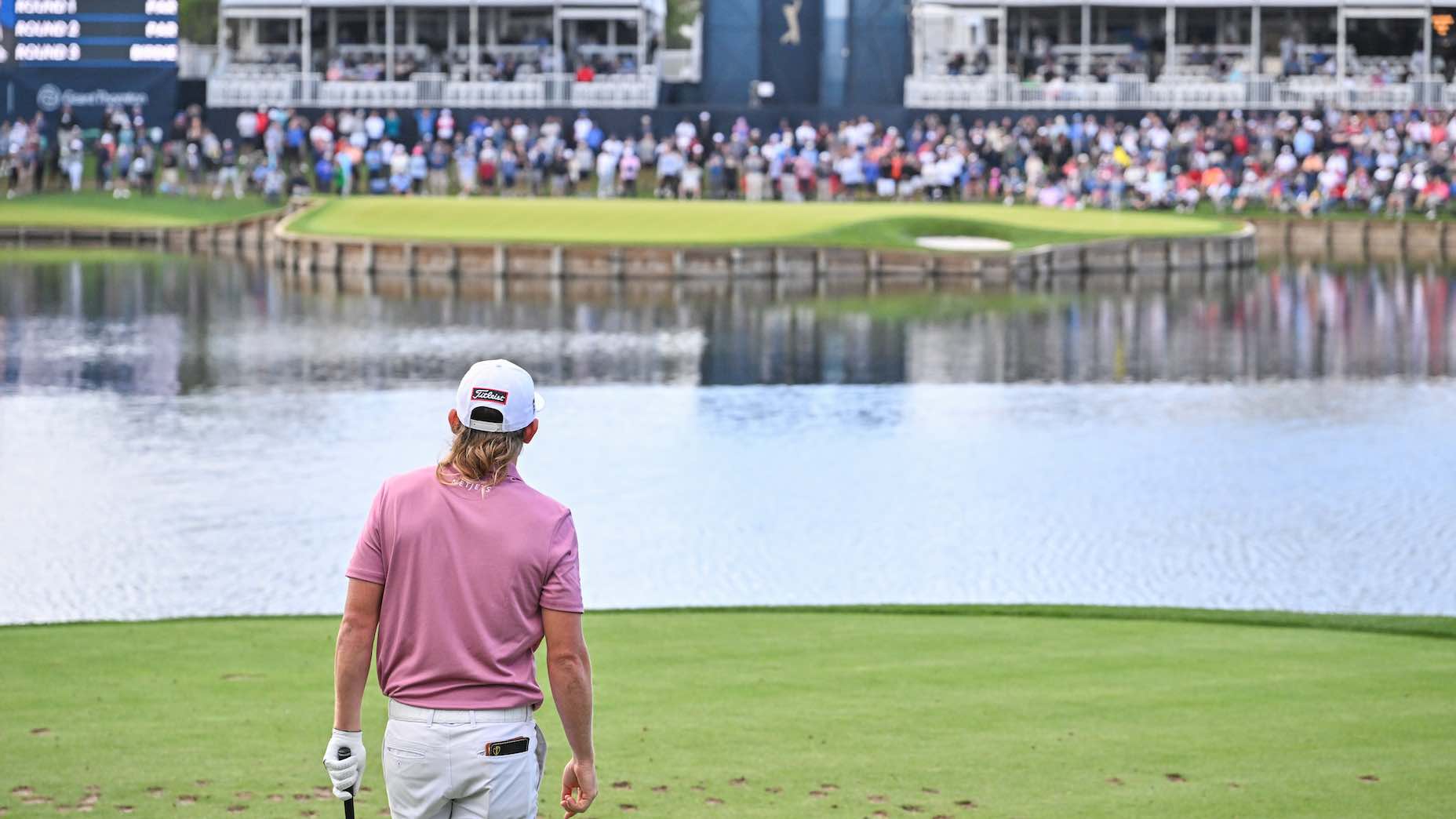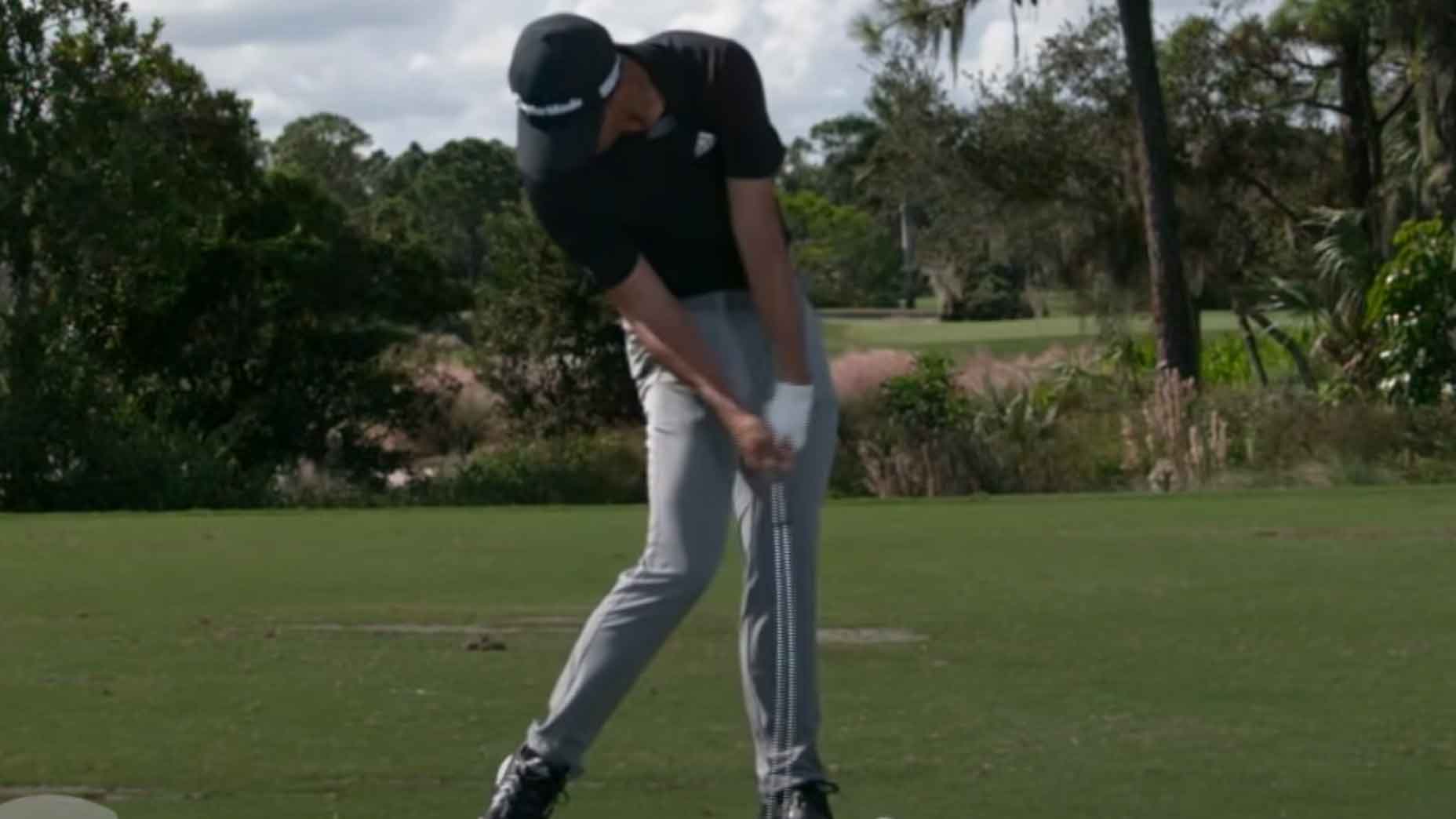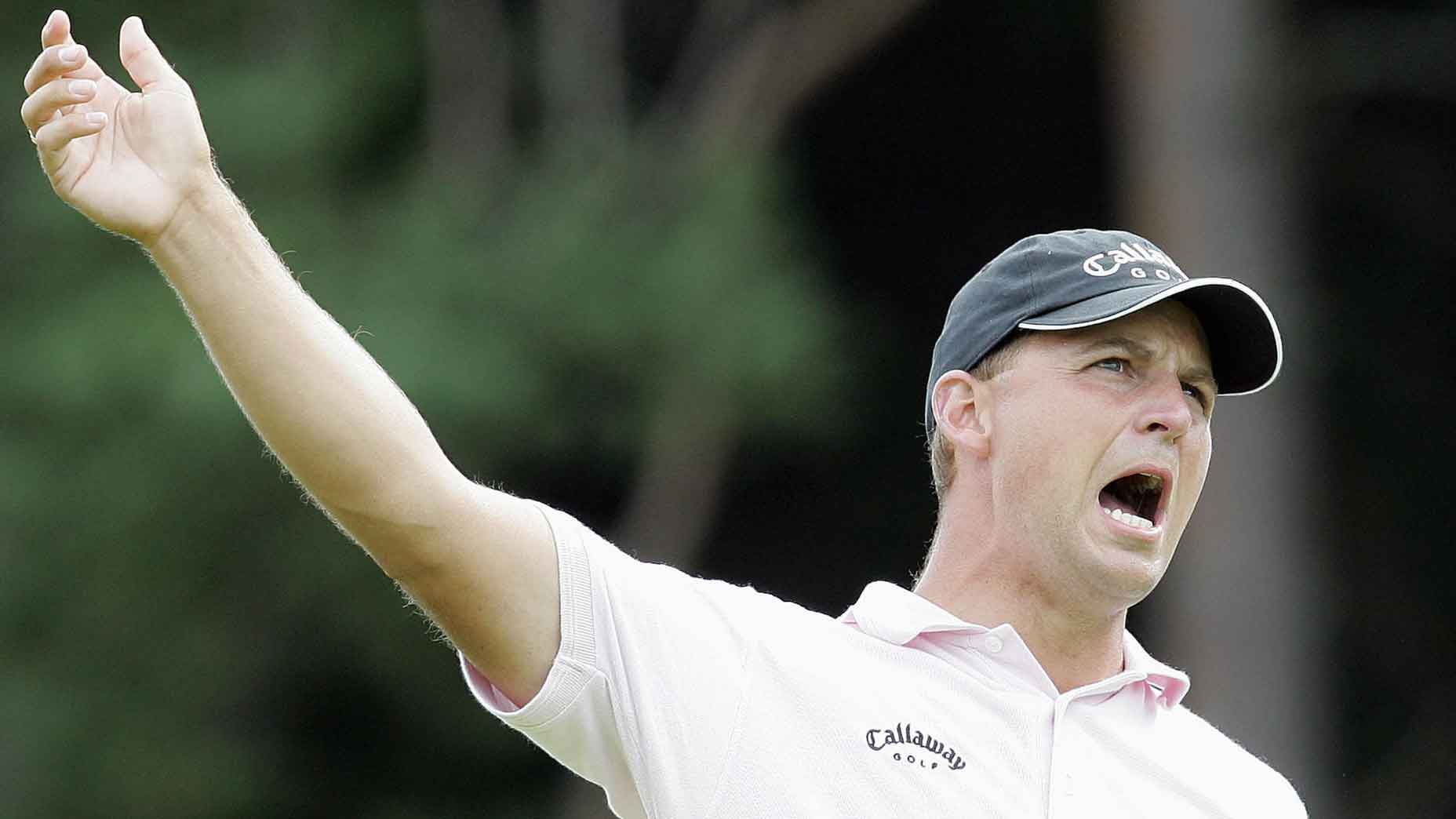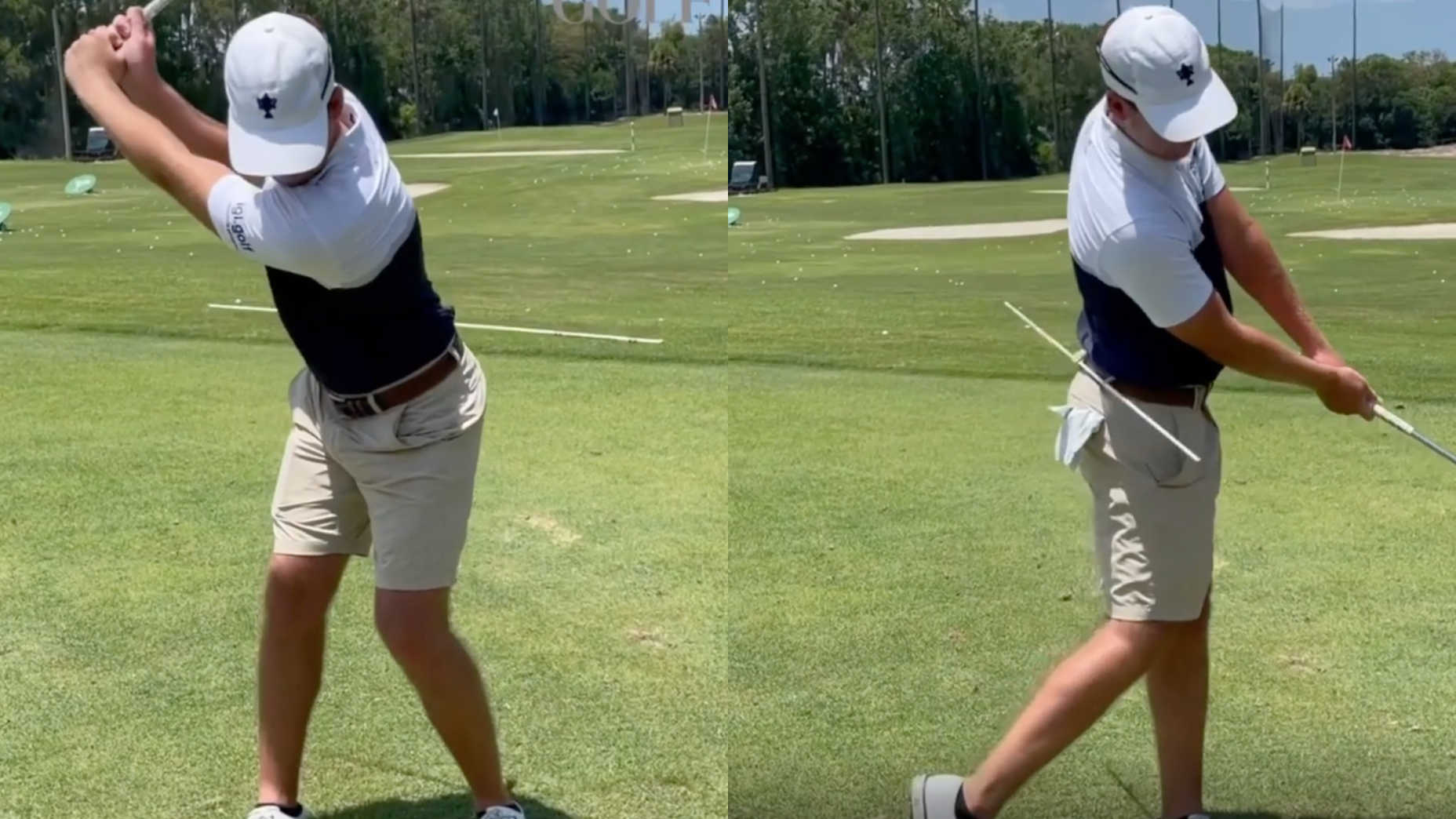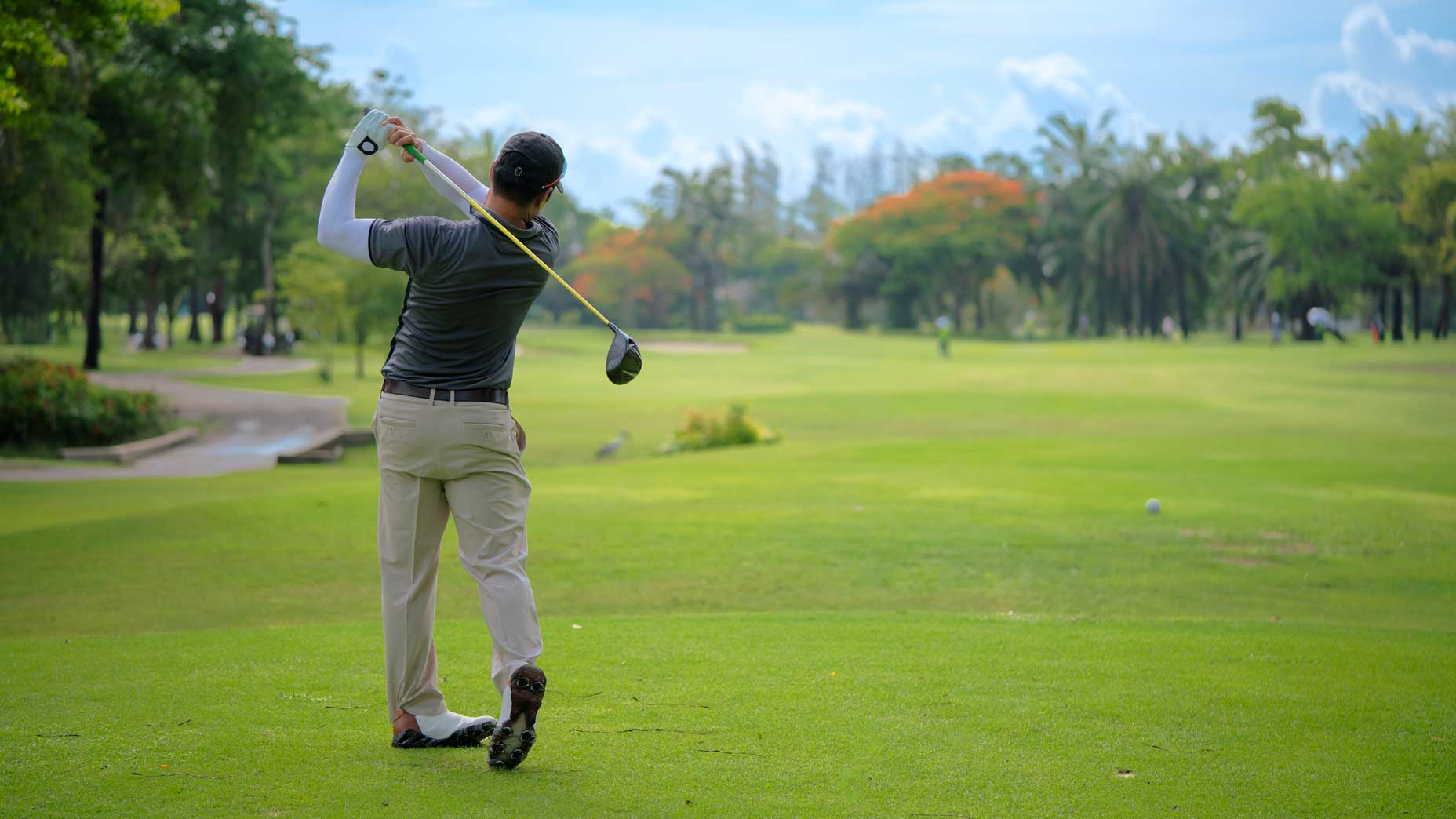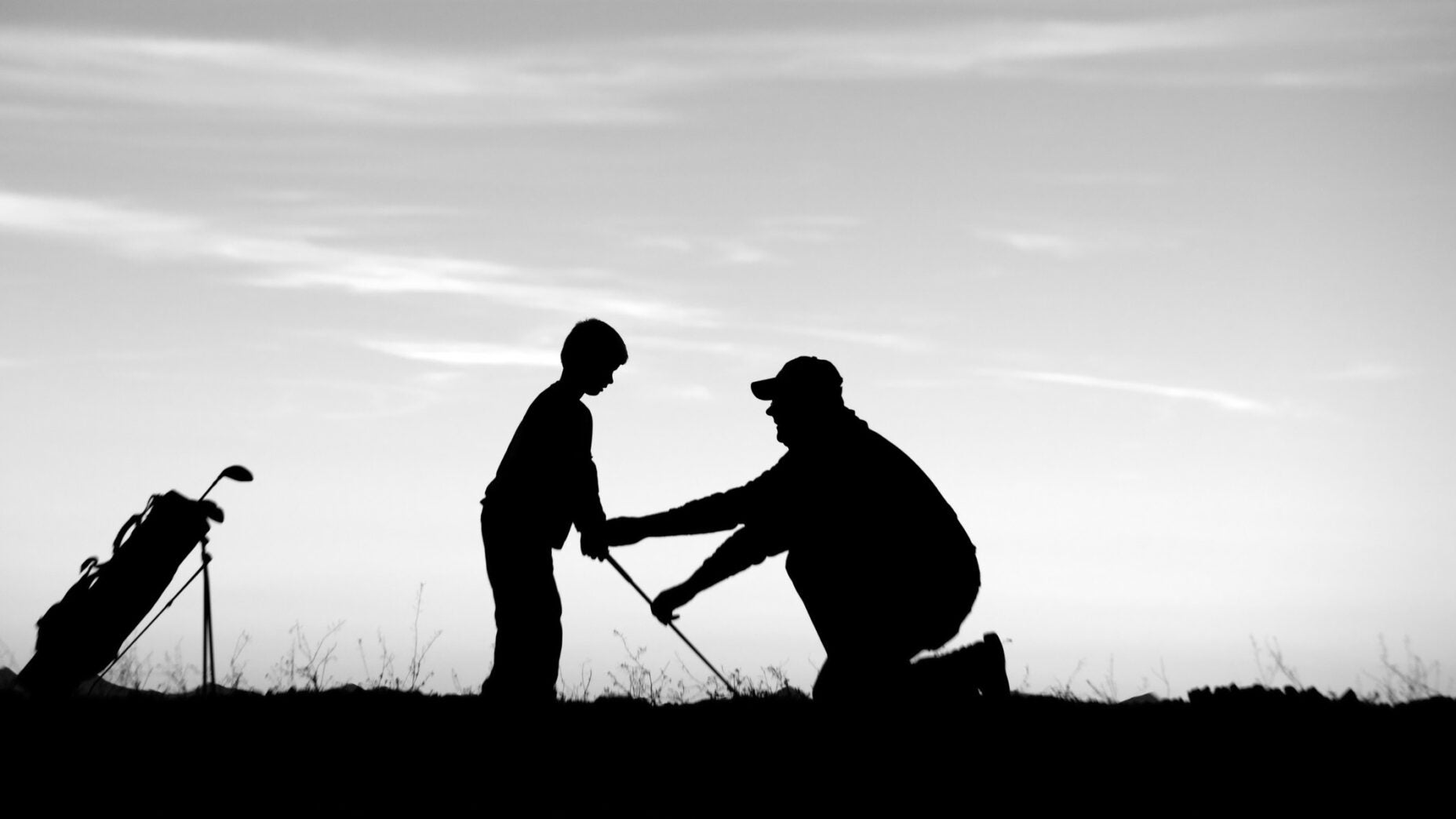Is Early Extension good or bad for your golf swing? Here’s what you need to know.
Early extension is one of those buzzy terms that golfers seem curious about. The golf instruction scene has lots of articles about it, including some of ours, so we wanted to take a step back and provide a brief explainer about what, exactly, early extension is.
Early extension, in a nutshell, is when your pelvis moves towards the ball during your downswing, which you can see GOLF Top 100 Teacher Dave Phillips demonstrate below:

The cause of early extension is caused by a physical limitation. Your hips may be inflexible, for instance, or you may have weak core muscles. There’s a few recommended exercises golfers can do to strengthen those areas of their body, along with some other common drills you can do to work on eliminating early extension in your swing if you think it’s a problem, like swinging with your pelvis rested up against a chair, or swinging with your toes next to a pool.
The reason why many teachers think early extension is something to be avoided in your golf swing is simple: By lifting up and out of your body angles, you’re decreasing the amount of space your arms have to swing, which can cause inconsistencies.
But the other teachers, push back against the idea, pointing to Jack Nicklaus’s golf swing and saying that early extension may just be your unique way of creating power, based on your body type. GOLF Top 100 Teacher Terry Rowles explains here.
Either way, watch the video above, and special thanks to Dragonfly Golf, who you can follow on Instagram right here, for using their sports science technology to show how Early Extension works in the golf swing.


